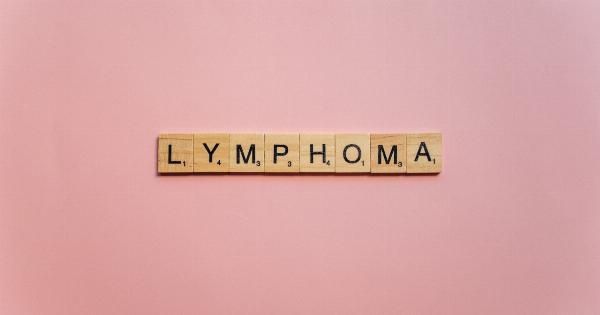Biliary cirrhosis is a progressive liver disease that affects the bile ducts causing liver damage. The term cirrhosis refers to the scarring of the liver tissue that can progress shunting liver functionality and raising health issues.
In biliary cirrhosis, bile ducts are chronically inflamed and damaged, leading to a situation where bile cannot adequately circulate throughout the body.
Symptoms of Biliary Cirrhosis
The early stages of biliary cirrhosis may not show any serious symptoms, but as the disease progresses, patients start experiencing a range of symptoms, including:.
: 1. Fatigue and weakness
Patients may experience chronic fatigue and weakness, making it difficult for them to complete simple, routine activities. This is because the liver is unable to perform its critical function of producing energy-rich substrates.
: 2. Jaundice
Jaundice is a widespread symptom of liver disease in which the skin and eyes turn yellow due to the buildup of bilirubin, a pigment found in bile.
Patients with biliary cirrhosis tend to have high levels of bilirubin in their blood, leading to yellowing of skin and eyes.
: 3. Itchy skin
Bile acids accumulation in the bloodstream can also lead to skin itching and irritation.
: 4. Ascites
Ascites is the buildup of fluid in the abdomen, a condition that puts pressure on organs such as the lungs and intestines. Patients with biliary cirrhosis have an increased risk of developing ascites.
: 5. Portal hypertension
Portal hypertension is the high blood pressure in a person’s portal vein, which carries blood to the liver. As a result, fluid tends to accumulate in the patient’s abdominal cavity and other body parts.
: 6. Enlarged spleen
Patients with biliary cirrhosis may also have an enlarged spleen due to the increased workload forced on it by the liver.
Diagnostic Tools for Biliary Cirrhosis
Doctors use several diagnostic tools to diagnose biliary cirrhosis. These are:.
: 1. Liver Function Tests
Doctors perform liver function tests to identify the presence of high liver enzymes and bilirubin levels in the blood. Presence of high liver enzyme activities indicates liver damage and bilirubin corresponds to specifically cirrhosis.
: 2. Imaging Tests
Ultrasound, computed tomography (CT), and magnetic resonance imaging (MRI) are different kinds of imaging tests doctors use for detecting issues in the liver and bile ducts.
: 3. Endoscopic Retrograde Cholangiopancreatography (ERCP)
ERCP is a type of endoscopy test that examines the bile ducts. The procedure involves inserting a thin tube called an endoscope through the mouth or nose to the small intestine, and then passing a catheter through the bile duct for studying.
: 4. Liver Biopsy
Doctors use a liver biopsy to collect a sample of liver tissue from patients for testing and evaluation under a microscope.
: 5. Magnetic Resonance Cholangiopancreatography
Magnetic Resonance Cholangiopancreatography is also a type of MRI that uses magnetic resonance imaging to look at the liver and bile ducts.
: 6. Blood Tests
Doctors take blood samples to detect the presence of antibodies that indicate primary biliary cirrhosis (PBC), specifically.
: 7. Transient Elastography
Transient elastography is a non-invasive tool that measures the stiffness of the liver to check for signs of liver damage and cirrhosis.
Conclusion
Biliary cirrhosis is a chronic liver disease characterized by inflammation and damage to the bile ducts, leading to impaired bile flow, cirrhosis, and liver dysfunction.
Early diagnosis and management of biliary cirrhosis can help prevent further scarring and liver damage, and lead to better outcomes for patients. Therefore, seeking medical help promptly is critical for suffering individuals.




























